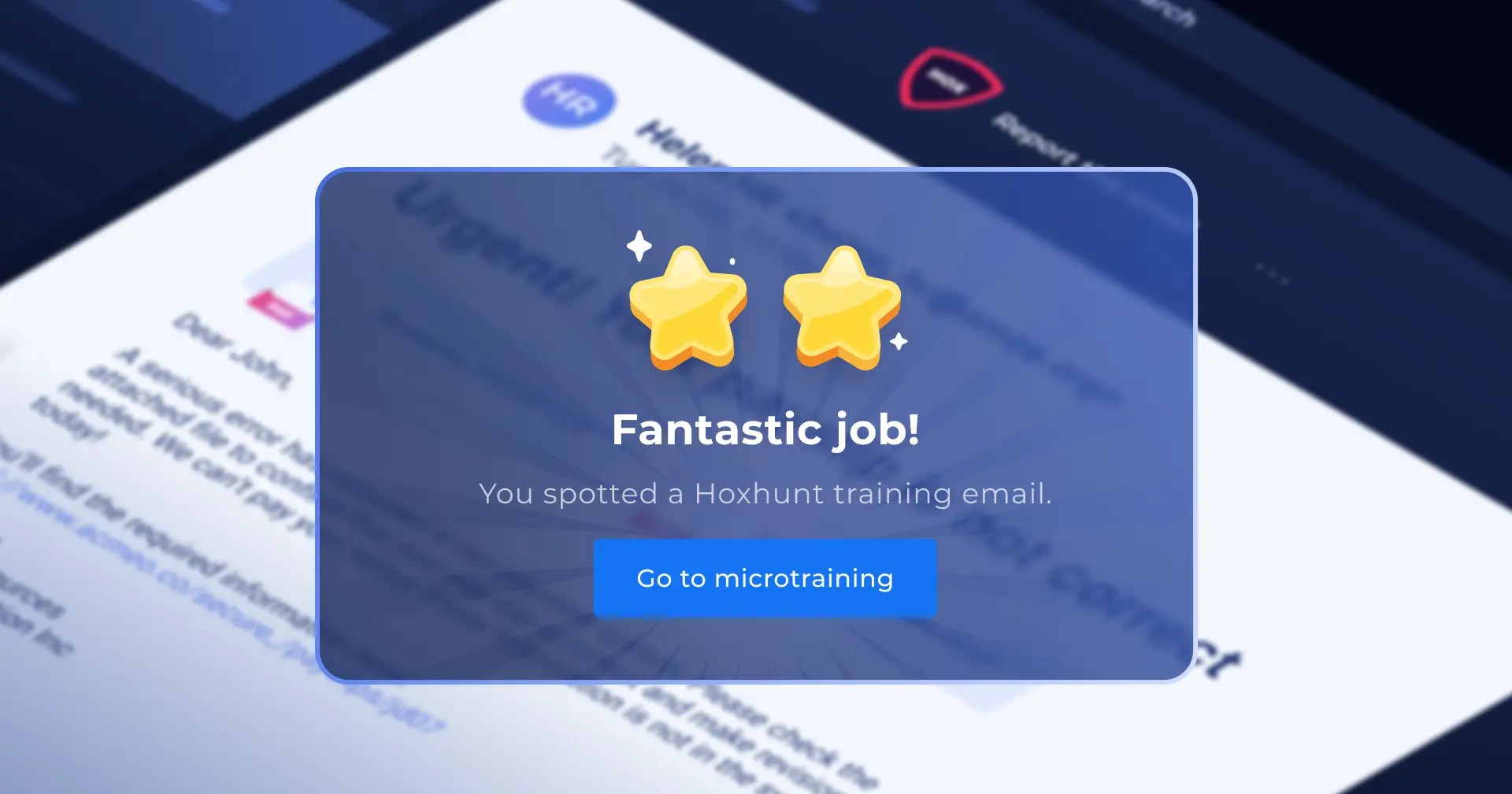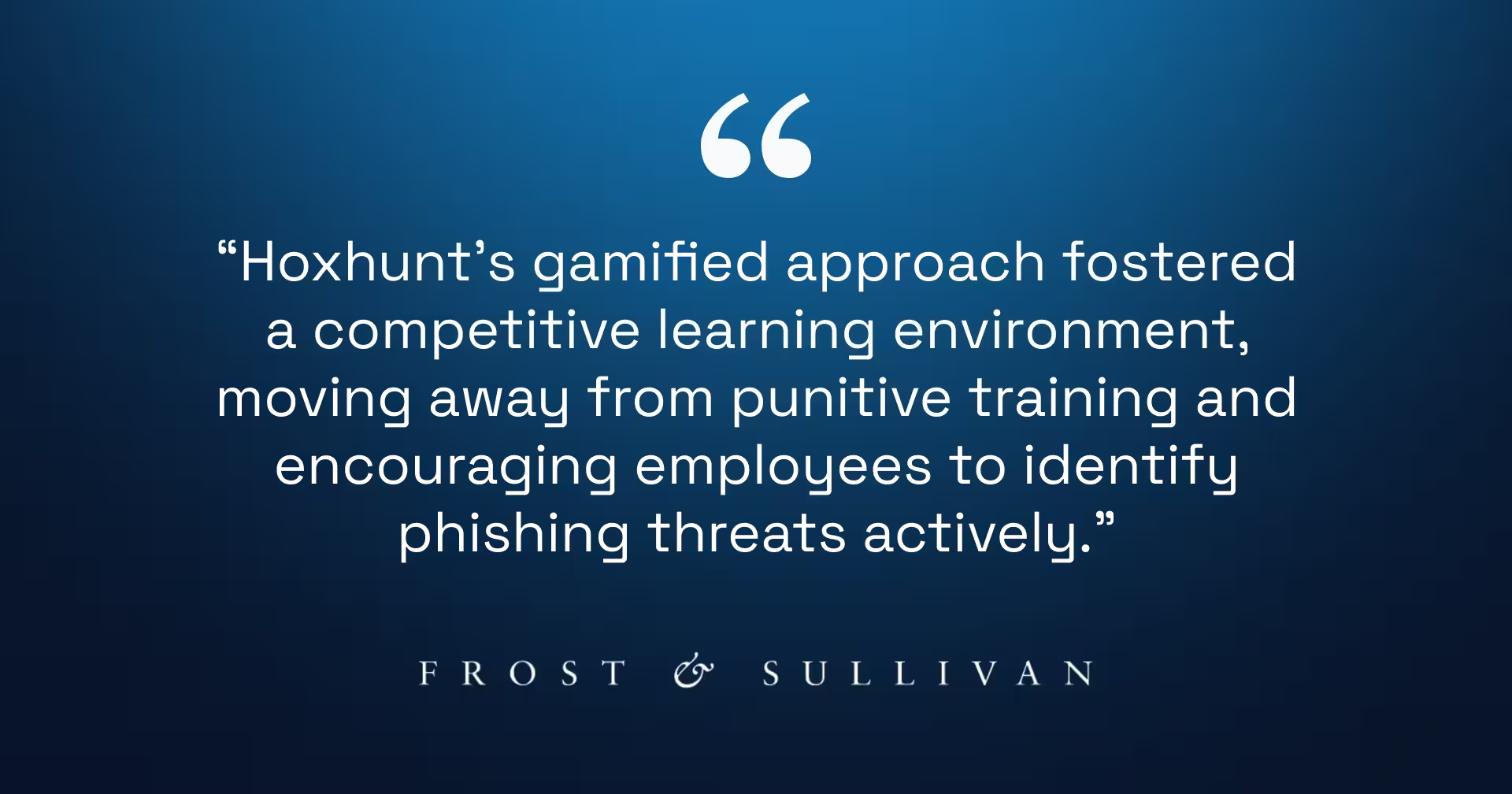Cybersecurity Education
Read articles about security awareness, risk management, behavior change, and more
Featured Article
QR Code Phishing (Quishing) Explained + Printable QR Stickers
QR code phishing (quishing) explained: real examples, why it works, and how to defend. Run our free QR-sticker simulation to build pause-verify-report habits.
Read the articleTopics:
See also :
























.webp)













